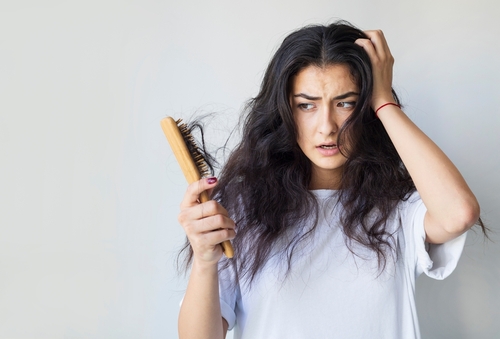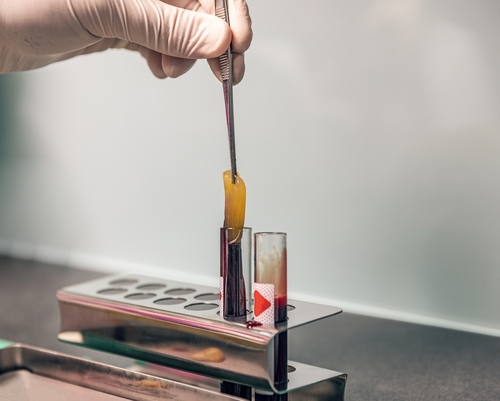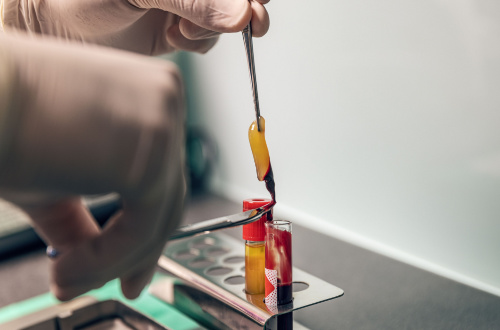
When it comes to treating hair loss non-surgically, there are now several known and effective options. However, identifying the best one is difficult and often subjective. So, let’s look deeper into the question, “What is the best non-surgical hair restoration procedure?”
Ultimately, the answer to this question will likely vary from person to person due to individual experiences with hair loss and hair restoration procedures. Topical medications like minoxidil provide at least some results for almost everyone. They are a tried and tested non-surgical hair restoration method that has been used for decades.
However, minoxidil does not work forever or for everyone. It also does little to truly repair the hair follicles damaged by hormones. This is where platelet rich plasma or platelet rich fibrin can help. These two injectable options treat the hair follicles and help repair the damage. However, results vary more than topical medications. Though, the results can also be more dramatic.
Certain low level laser therapy has shown promise for non-surgical hair restoration. However, it appears to potentially work best in conjunction with other hair restoration methods.
To learn more and schedule a free consultation, call us at 206-279-2112. You can also reach out online via chat or contact form.










